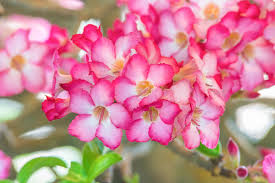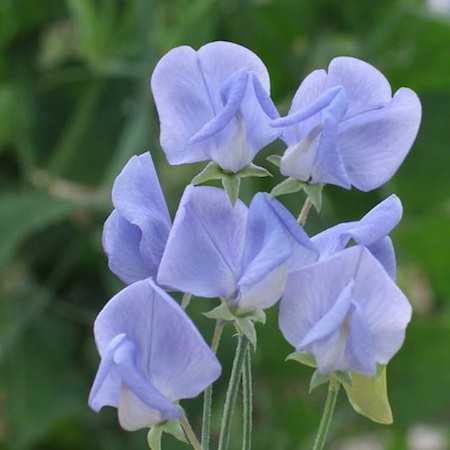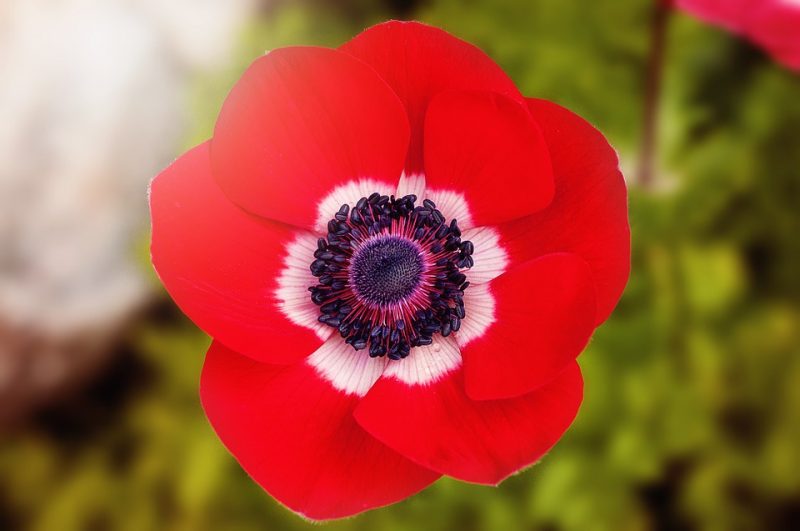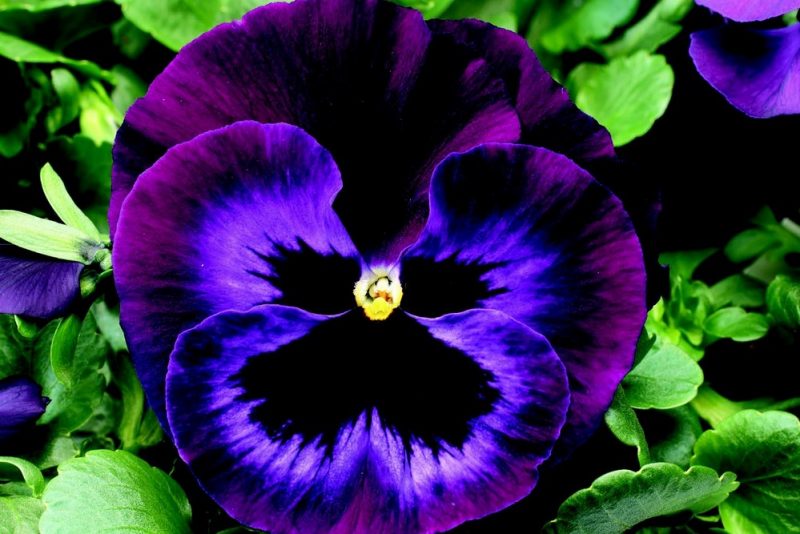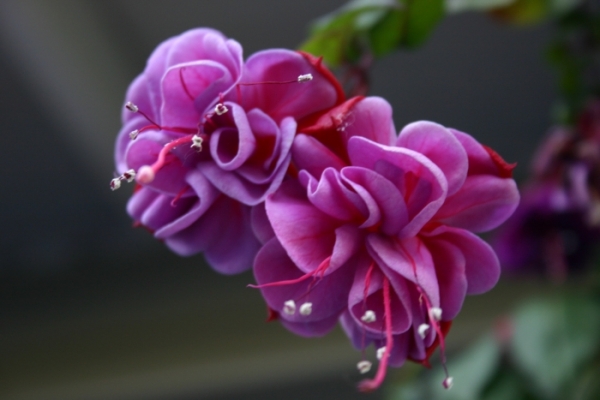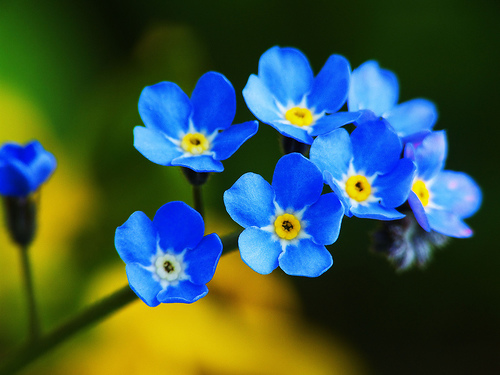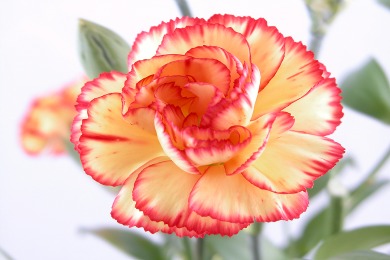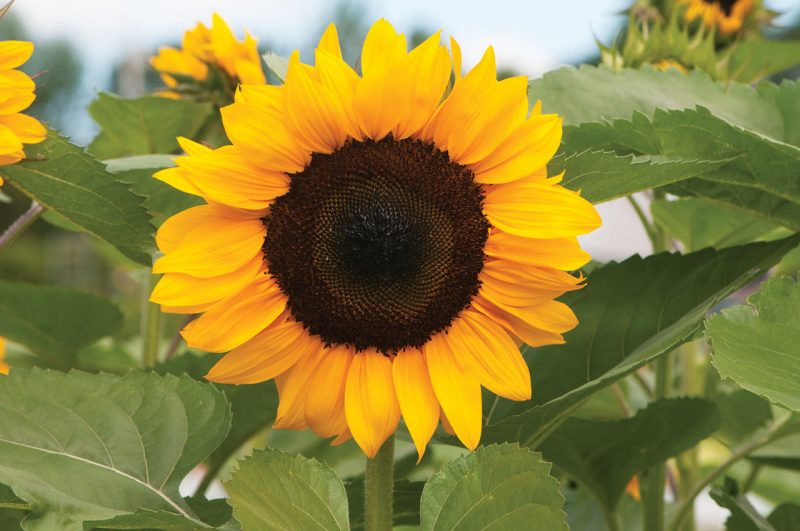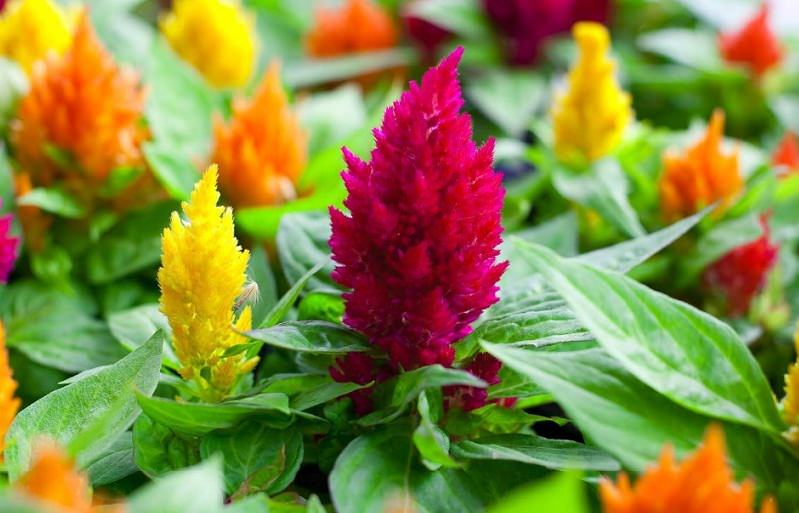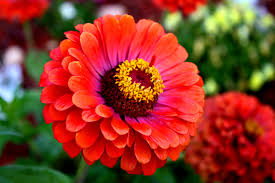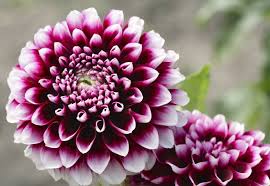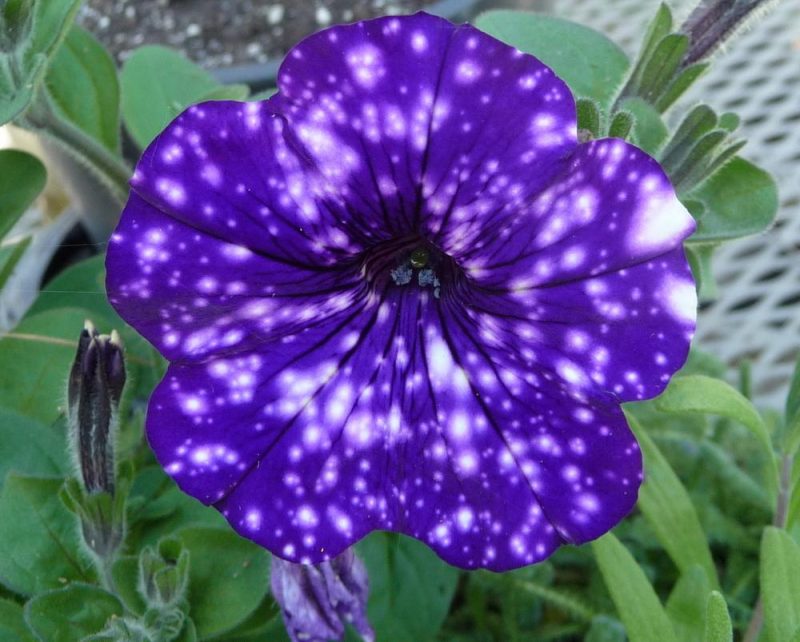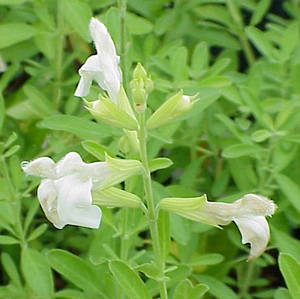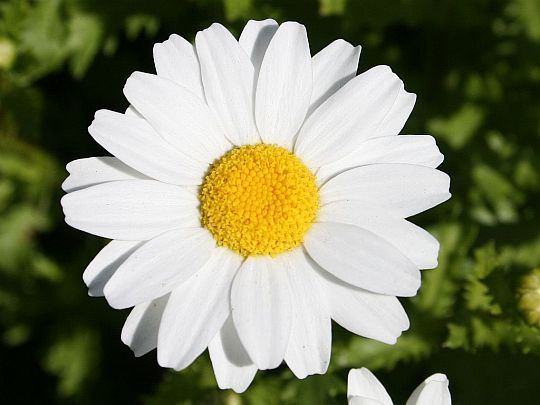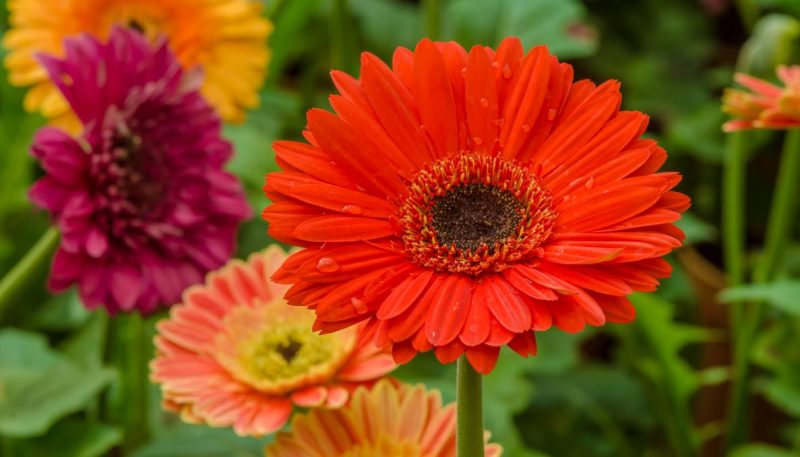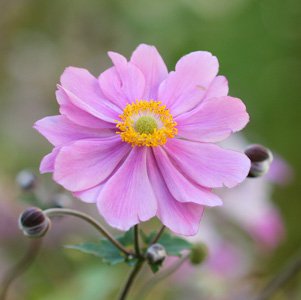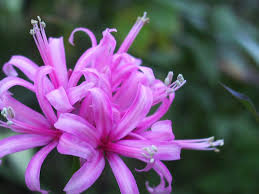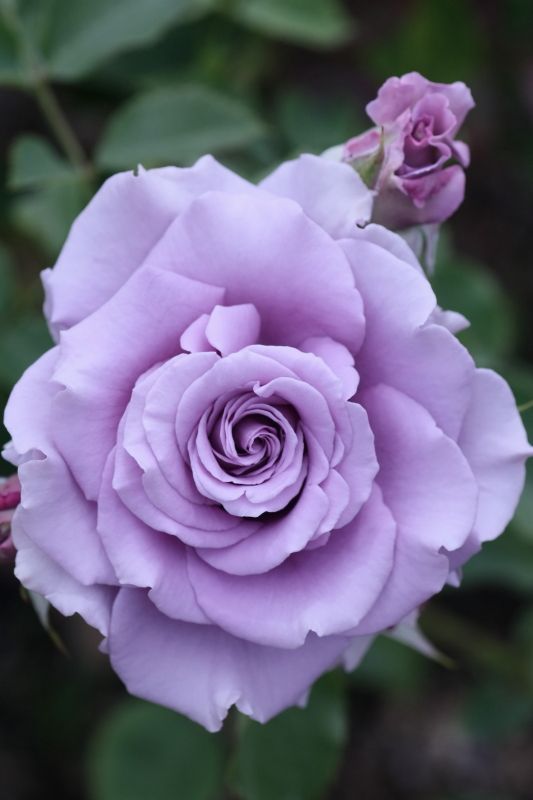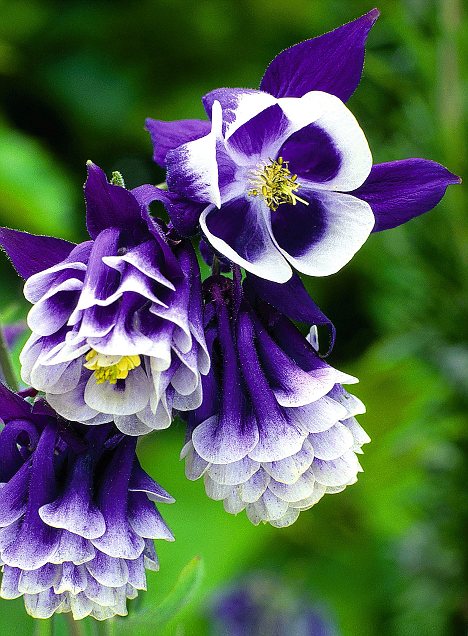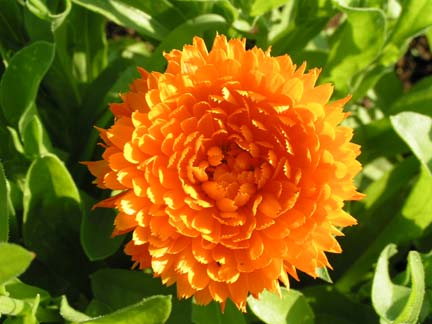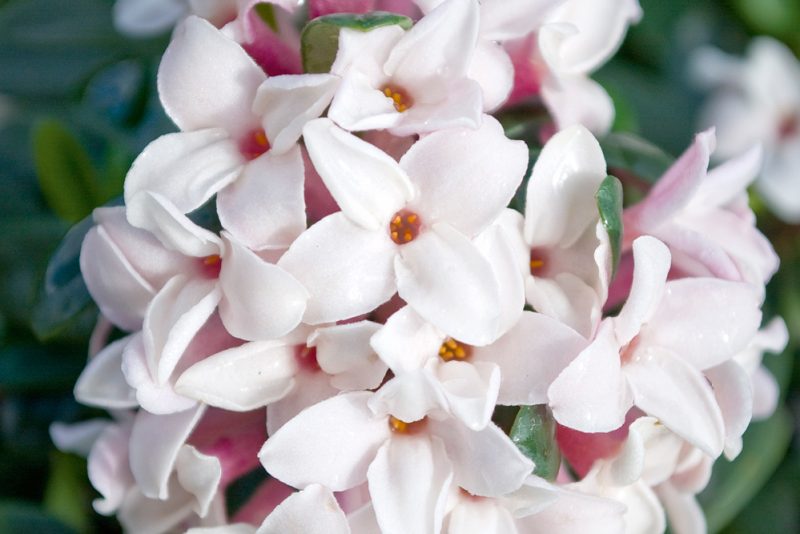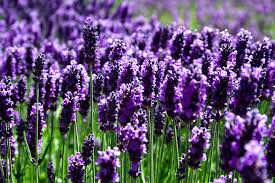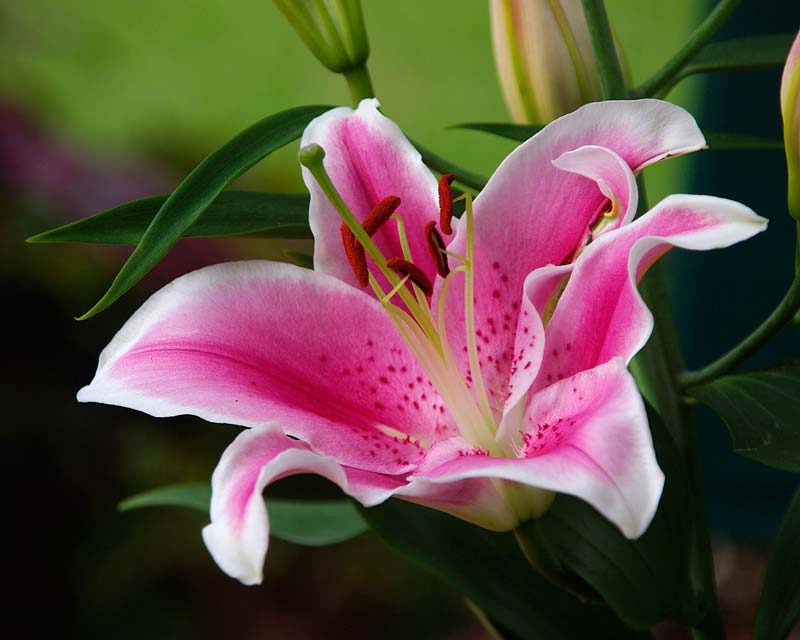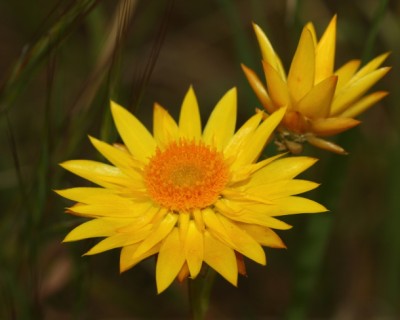Summer Gardening Task Checklist
The summer heat can be a bane to both humans and plants. If you fail to make the necessary preparations, your garden can succumb to the hot, hot heat.
Certainly, you wouldn’t want to spend all of your time tending to your garden. Instead, you want to divide your attention between your plants and your loved ones and spend the summer holidays with the people who matter in your life.
Follow these simple tips to summer gardening if you wish to have more time for your loved ones while keeping your garden resilient against the intense summer heat.
Watering tips

Check your irrigation system and hoses for leaks and blocked nozzles. This will ensure that your plants get much-needed water while preventing unnecessary waste.
If you are collecting rainwater in tanks, make sure that these are properly covered to avoid making these a home for both frogs and pesky mosquitoes.
As much as possible, water your plants early in the morning. This will give the water enough time to evaporate. If you water the plants later in the afternoon, the excess moisture will create a condition wherein the plants become vulnerable to attacks from fungi and mildew. Plus, this condition can also attract unwelcome guests like sandflies and mosquitoes.
Taking care of your plants
Prevent plants from drying out by watering deeply about once or twice a week. Adding mulch will allow the soil to retain more moisture.
For potted plants, the addition of a layer of mulch can help prevent overheating. Consider replacing the water on saucers with moist sand. This helps the plants stay cool while preventing the breeding of mosquitoes.
Protect seedlings and new plants from the summer heat by providing these with shade. You can use cloth, old curtains, or even leafy branches.
Giving plants a nutrient boost
If you cannot water your plants on a daily basis, the next best thing you can do is to water these deeply. Adding potash to the water can benefit fruit trees and even enhance the flavour of fruits. Additionally, potash helps keep plants healthy while helping ward off fungi.
Magnesium is particularly beneficial to roses, gardenias, and cymbidium orchids. Epsom salts mixed with water, on the other hand, makes the soil acidic and provides iron which facilitates healthy growth.
Keeping pests at bay
The combination of moisture and warmth of the soil facilitates the increase of activity from termites. Although some species do not attack homes, a little precaution can go a long way. Make sure that your garden tools, particularly those with wooden handles, are inspected regularly. Keep wood chips away from your home and apply the proper treatment to wooden benches and garden bed edgings.
Some TLC for your lawn
Avoid mowing the lawn too short, especially during the summer. By allowing the grass leaves to grow longer, the lawn becomes more resilient to traffic and weeds. Leave the clippings behind after each mowing session. The clippings can provide much needed nutrients to the turf.
For more garden and landscaping tips, tune in for more Jim’s Mowing NZ blogs.





 Where Do Green Waste Bins Go?
Where Do Green Waste Bins Go?
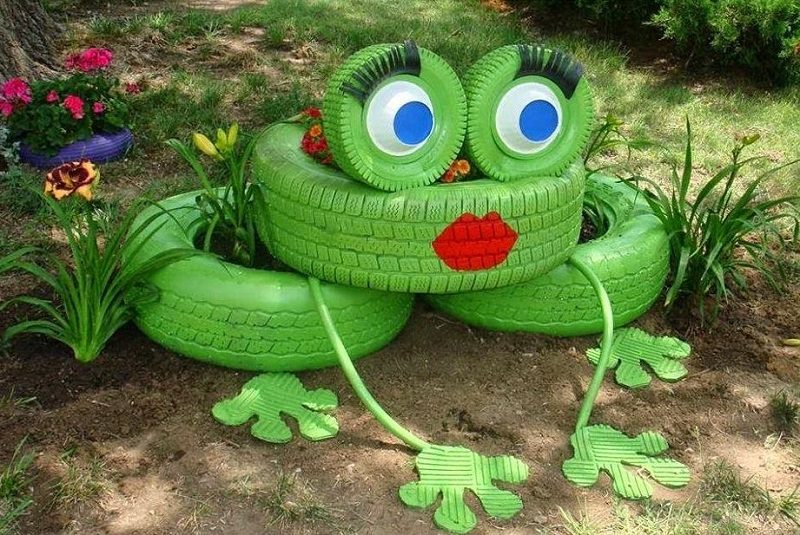




























 Legionnaires’ Disease – What Is It?
Legionnaires’ Disease – What Is It?